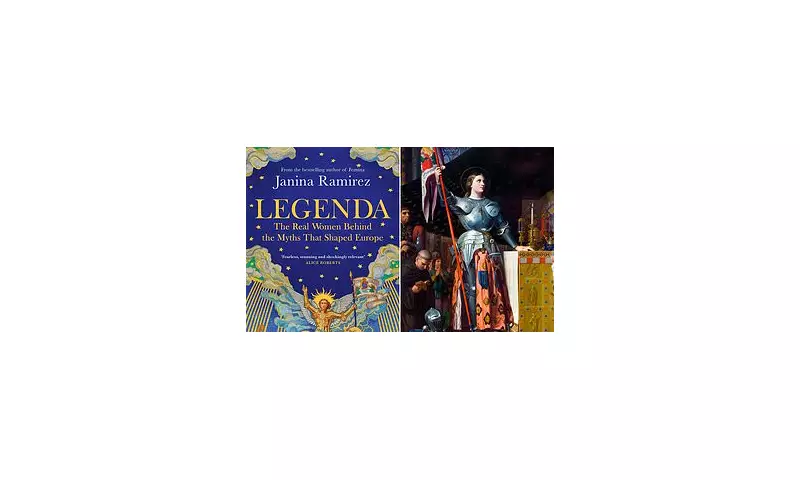
Queen Victoria's Surprising Gift to Prince Albert
In a revealing act that challenges her strait-laced public image, Queen Victoria presented Prince Albert with a provocative statuette in 1857. The sculpture depicted the legendary Lady Godiva, naked and perched on a thoroughbred stallion.
According to the well-known tale, Lady Godiva rode unclothed through the streets of medieval Coventry. Her daring act was a bargain with her husband, Earl Leofric, who agreed to lift the heavy taxes he had imposed on the local peasants in return.
Prince Albert was reportedly delighted with the risqué present. The gift carried a deeply personal message from his wife, suggesting that while Victoria reigned as Queen, in their private domestic life, she was so devoted that she would metaphorically ride naked for him.
The Political Hijacking of Historical Heroines
This was not an isolated incident of the royal couple engaging with historical figures. Fifteen years earlier, in 1842, Victoria and Albert attended a grand costume ball dressed as the medieval power couple, Edward III and his queen, Philippa of Hainault.
This strategic move was designed to strengthen their public standing by aligning themselves with English monarchs who had successfully waged war on continental enemies, thereby diverting attention from their own Germanic origins.
As explored in a new book, this is a prime example of how the stories of legendary women are routinely co-opted to serve royal, national, and political interests. The author argues that female icons are often stripped of their complex realities and repurposed for modern agendas.
Joan of Arc: From Martyr to Political Mascot
A stark example is the 15th-century figure, Joan of Arc. The French right-wing politician, Jean-Marie Le Pen, famously declared his National Front party to be 'under the protection of Joan of Arc'.
In doing so, he transformed the young, visionary soldier who led French troops against the English into a patron saint of chauvinism, hostile to asylum and immigration.
The reality, however, was far more nuanced. The book posits that Joan was not primarily a military strategist but a 'divine mascot for disaffected people worn down by war'. Her heavenly visions, potentially symptoms of mental illness or anorexia, resonated powerfully with illiterate soldiers of the time.
Her death in 1431 was a squalid affair, far from the glorious martyrdom often portrayed in film. After being burned at the stake, her naked body was displayed to a crowd of thousands and her remains were burned repeatedly before being dumped into the River Seine.
Other Figures Reshaped for Modern Politics
The author trawls medieval history to find other women whose legacies have been refashioned.
Isabella of Castile, the 15th-century queen known for building a unified kingdom, had her reputation appropriated 300 years later by General Franco in his attempt to impose fascism upon Spain.
Similarly, St Catherine of Siena, a 14th-century Dominican activist, was used as an example by Pope John Paul II in 1999 to argue for more female leaders in the modern Catholic church.
The central argument is that the lives of these women—Godiva, Joan, Isabella, and Catherine—were infinitely more complex and divisive than the sanitised versions promoted by modern authorities. The book serves as an important call to action, urging readers to become critical thinkers and to question where history has been rewritten to serve the ideological interests of those with the loudest voice.





